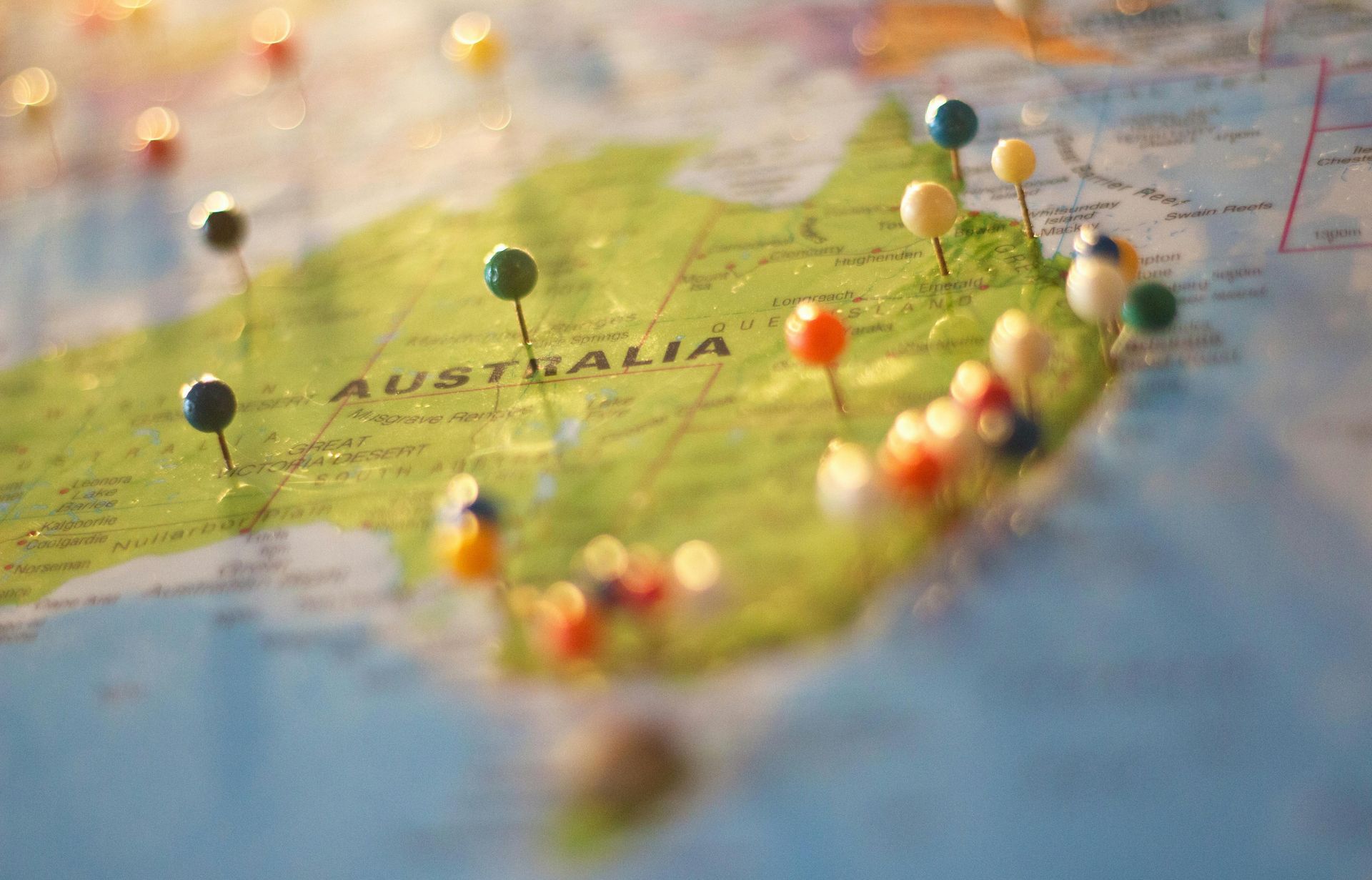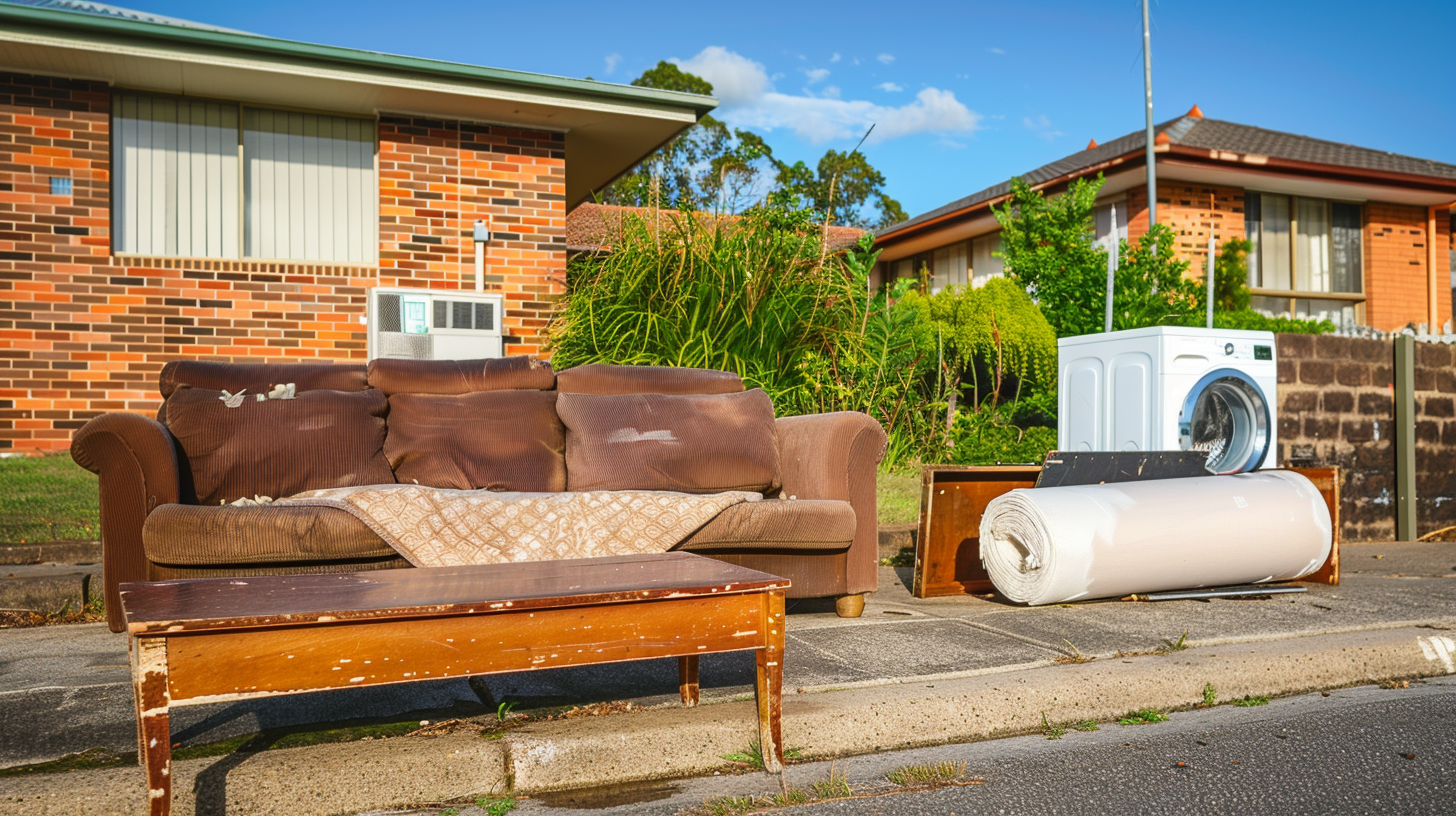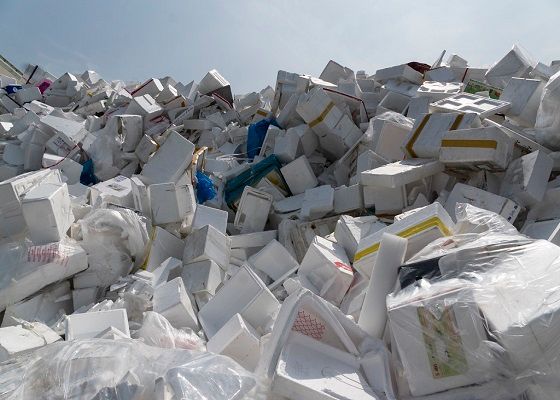2025 Price Guide: Rubbish Removal Costs Around Australia
Whether you're a homeowner decluttering your property or a property manager overseeing multiple sites, understanding rubbish removal costs is vital to budgeting effectively. Rubbish removal services help maintain tidiness and compliance while saving you significant time and effort. But how much should you be budgeting for these services in 2025?
In this guide, we'll explore the average costs of rubbish removal across Australia, key factors influencing prices, regional variations, and actionable tips to reduce expenses. By the end, you'll have a clear understanding of what to expect—and how to save—when hiring a rubbish removal service.

Average Rubbish Removal Cost Trends in Australia For 2025
Rubbish removal costs can vary significantly depending on location, waste type, and the service provider. Based on recent trends and market analysis, here's a breakdown of what you can expect for 2025 (prices are approximate):
Small-scale rubbish removal (1 cubic metre)
$60–$100 across most areas. Ideal for small clean-ups such as garden waste or a single bulky item like a couch.
General household rubbish (4–5 cubic metres)
$250–$500 for larger household clean-ups. Costs depend on the volume and complexity of waste removal.
Construction waste and heavy items
$500–$1,500, depending on load size and type of materials (e.g., bricks, concrete).
Hard-to-dispose-of items (e.g., chemicals, electronics)
Specialised handling significantly inflates costs, ranging from $70 to $500 per piece depending on the item.
Key Insights:
- Price increases over the past few years have been driven by stricter waste disposal regulations and rising recycling costs.
- Regional areas tend to be cheaper than major cities, although specific remote locations may see higher fees due to transport costs.
- Armed with this foundational understanding, let's explore the various factors influencing these costs.
Factors That Influence Rubbish Removal Costs
Several aspects determine how much you'll pay for rubbish removal. A local rubbish removal expert will typically assess your needs based on the following:
Location
- Cities like Sydney or Melbourne may cost more due to tipping fees and demand for services.
- Regional areas on the Central Coast can often find more competitive rates, especially with locally-owned operators.
The Type of Waste
- General household waste: Typically less expensive.
- Green waste: Garden trimmings are often cheaper to remove as they are easier to recycle.
- Construction or hazardous waste: Requires special handling, driving up costs.
Volume of Waste
- Many services price rubbish removal by cubic metre. A quick way to estimate the volume of your waste is by picturing a standard 1-cubic-metre skip bin.
Accessibility of Waste
- If the rubbish is easy to access, costs are lower. However, if removal involves steep driveways, tight spaces, or heavy lifting, expect added labour charges.
Service Providers’ Fees
- National rubbish removal companies sometimes charge more due to overhead costs and corporate pricing models.
- Local businesses, like those based on the Central Coast, may offer more affordable, tailored services.
City vs Regional Costs: A Comparison
Rubbish removal expenses can vary significantly depending on whether you're in a metropolitan or regional area. Here's a snapshot of what to expect:
Major Cities (Sydney, Melbourne, Brisbane):
- Higher tipping fees at waste facilities.
- Greater competition between providers, potentially leading to wider price ranges.
- Average price for household rubbish removal (4 cubic metres): $300–$500.
Regional Areas (Central Coast, Newcastle):
- Lower tipping fees at waste disposal points.
- Fewer providers, but local companies often charge competitively.
- Average price for household rubbish removal (4 cubic metres): $250–$400.
Remote Locations:
- High transport costs can significantly raise prices.
- Fewer providers available, leading to less flexibility in pricing.
By understanding these cost variations, you can budget more effectively based on where you live. But there are always ways to bring the price down—keep reading for money-saving tips.
Cost-Saving Tips for Rubbish Removal
Need to reduce your rubbish removal costs without compromising on quality? Here are some tried-and-tested strategies:
- Book local services: Choose a provider based in your area, like The Central Coast Rubbish Removal Group, for competitive rates and lower transportation fees.
- Sort your waste: Separate recyclable items, green waste, and bulk waste to avoid higher mixed-load disposal fees.
- Maximise your load: If you're charged by the cubic metre, ensure you fill the space efficiently. Combine loads with neighbours if needed!
- Opt for off-peak times: Schedule removal during quieter periods, as some providers offer discounts for flexible timing.
- Ask about discounts: Check for deals on specific removal types (e.g., green waste-only discounts). Some providers also offer loyalty discounts for property managers handling multiple sites.
Stay Ahead of 2025 Rubbish Removal Costs
Rubbish removal doesn’t have to be expensive or complicated. By understanding how costs are calculated, considering factors like location and waste type, and using the money-saving tips we’ve shared, you can make informed decisions without the headache.
Need expert help? Here at The Central Coast Rubbish Removal Group, we specialise in tailored, affordable rubbish removal services for homeowners and property managers. Whether it's everyday household waste or complex construction clean-ups, we’re here to make the process simple and cost-effective.
Visit our website and get a free quote today to start saving on rubbish removal!



| Powered by Manken Digital
